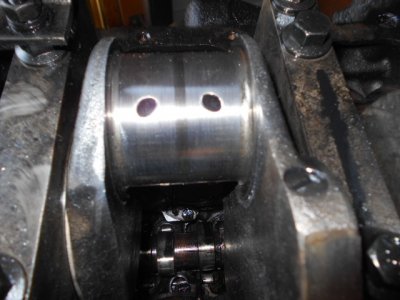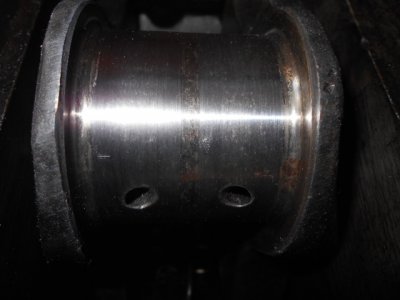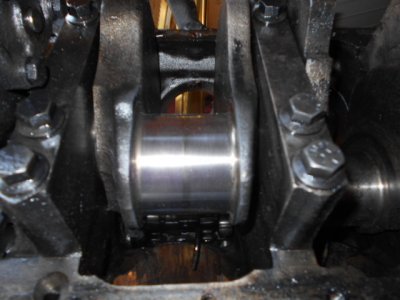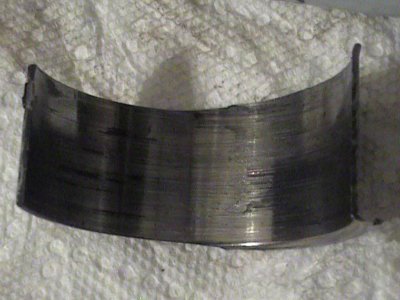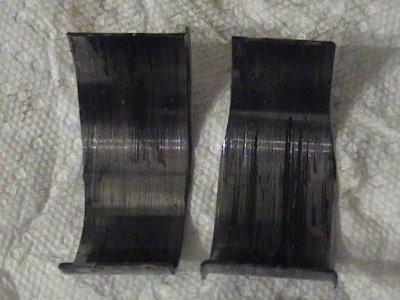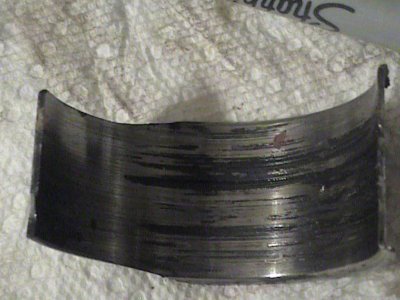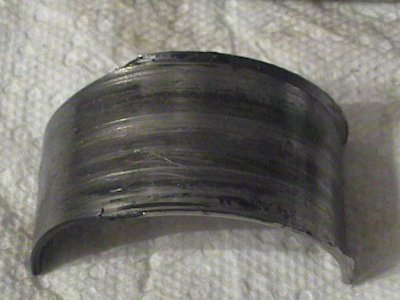May I respectfully point out that your first parts purchase should be a service manual. Preferably the factory service manual and/or the factory diesel supplement, a reprint of which is available online. I bought factory manuals when I bought my truck in '87 and even though I had training and experience working ton these rigs, I still used the manuals! In '04 I loaned them out to a guy... and he left town with them... but I got on eBay, found a set and had them in a week. If nothing else, get the old Haynes Diesel Engine Repair Manual (#1736) which covers the 6.9/7.3 and the 6.2L GM I think it's still in print but will be available used). A manual will answer many of your questions and give you a roadmap to most everything you need to do. Then in stead of asking a broad question like, "how do I rebuild my engine?" you can ask specific and narrowly focused questions that the gang here will have more time to answer.
The pan removal topic is being discussed right now here: <http://www.oilburners.net/forums/showthread.php?71935-oil-pan-replacement>. An overview is given. It's not particularly easy the first time but may be necessary.
I am of two minds here. Given your need for transport, are you better served doing the cooler and just trying it, or going thru the difficult process of pulling the pan for inspection first? You get an answer both ways but if you do the cooler, run it and discover the a problem that way, you have wasted that time on the cooler. It's a crapshoot. It's easy for me and others to make pronouncements on what you should do but our circumstances are different. I have 40+ years working on cars and trucks... I don't see either job as particularly "hard." I'm also not under the gun as you are, time and financially-wise. Bear up! The sun will shine someday!
Thanks PwrSmoke. I appreciate the no ******** answers. I just purchased the Hanes manual you suggested... Long overdue purchase. I have a line on another truck that I can hopefully get the deal settled on by Friday or Monday. We shall see on that one. I figure the oil cooler is my first target. It's a rebuild I have been waiting to do just based on the age of the truck I figured it was coming so I will tackle that first. A couple questions... you mentioned the "test plate" and "manual" and "instructions on how to build the plate are in the manual" The manual you are referring to is the Hanes 1736 I just bought, correct? Bought it on Ebay by the way so I will have it soon. I have read several threads on the rebuild so I know the additional info is available online.... Recommendations on where to buy the kit? I'm reading through DieselCrawler's tech article now....




